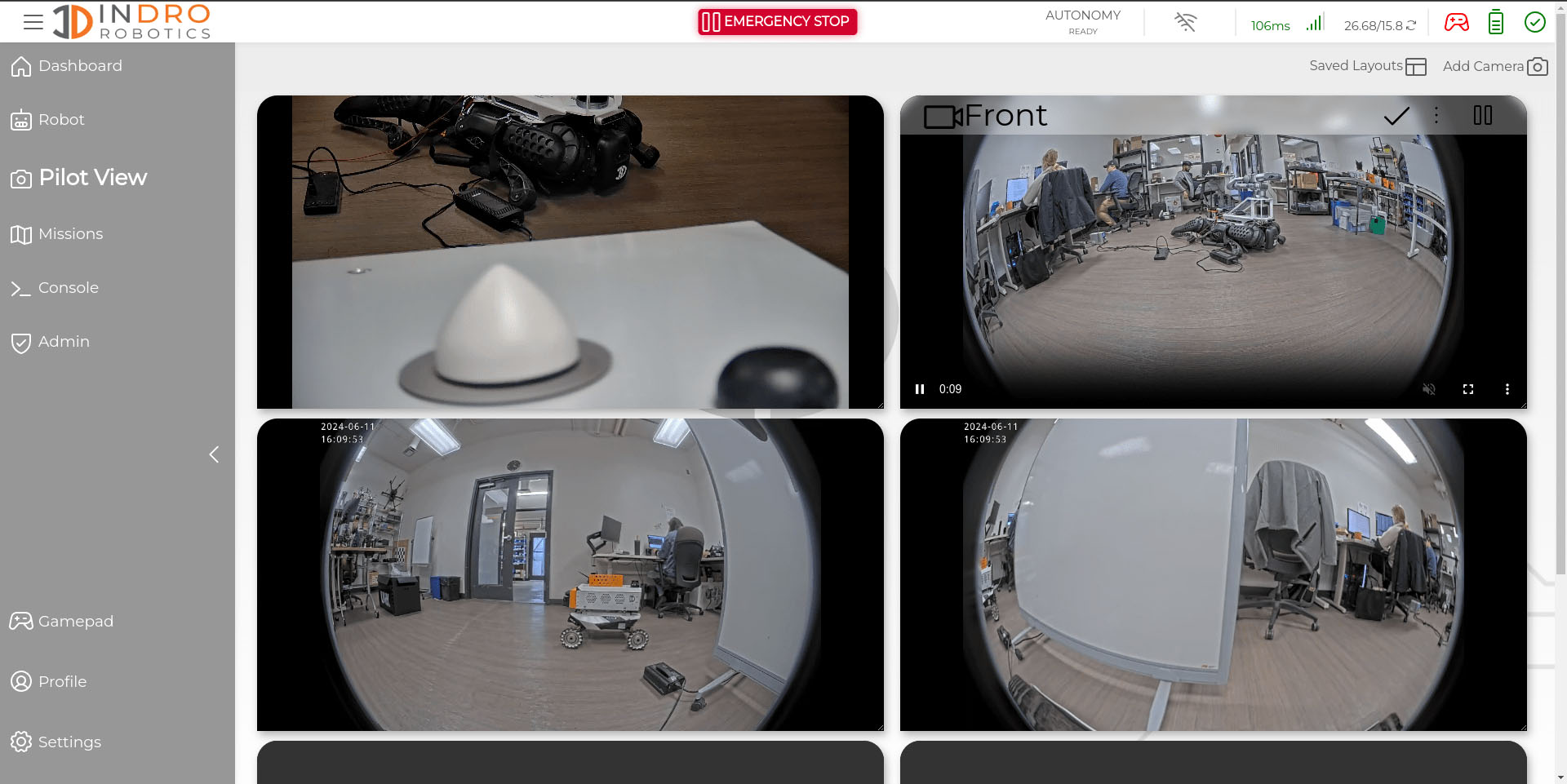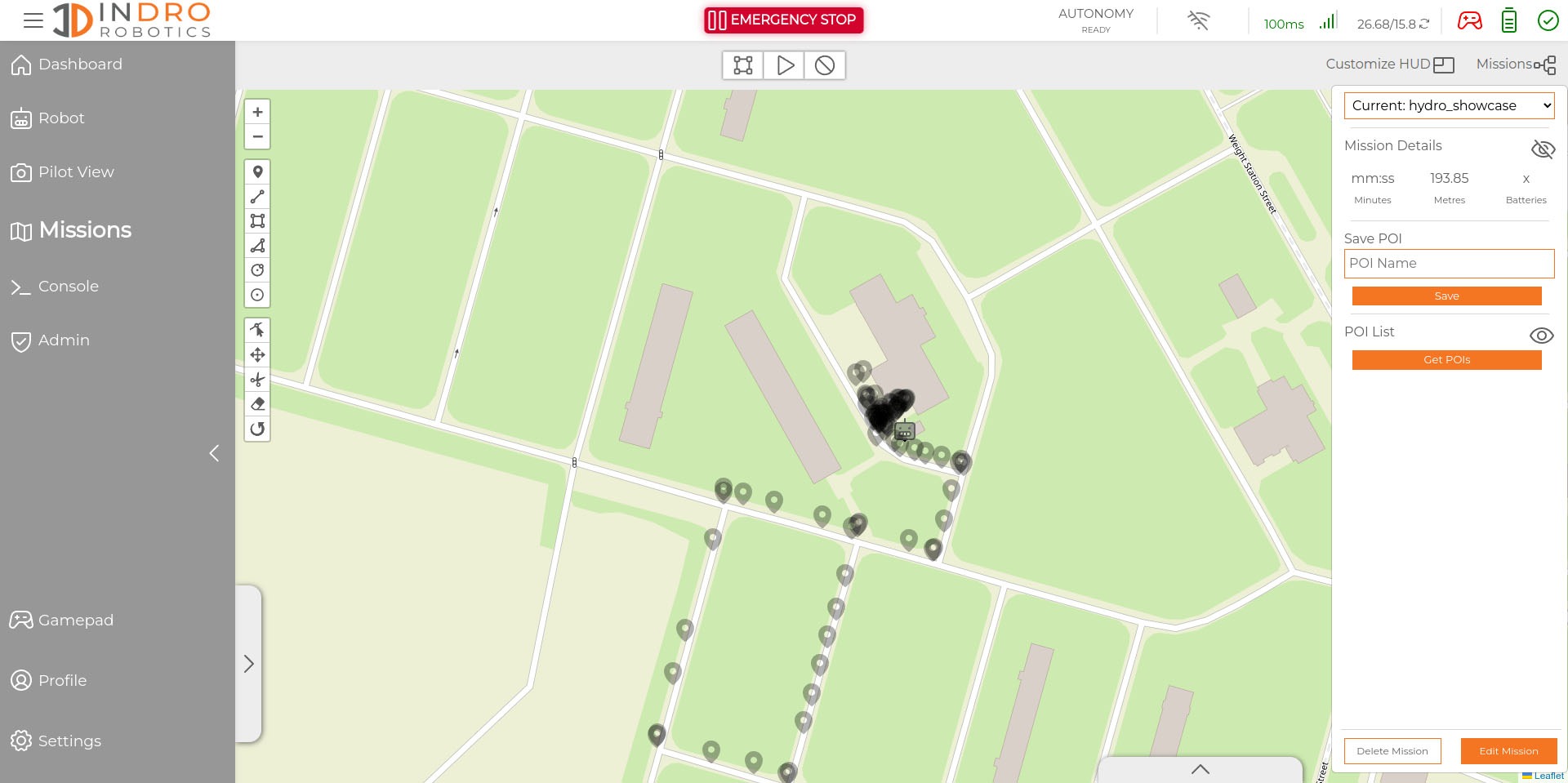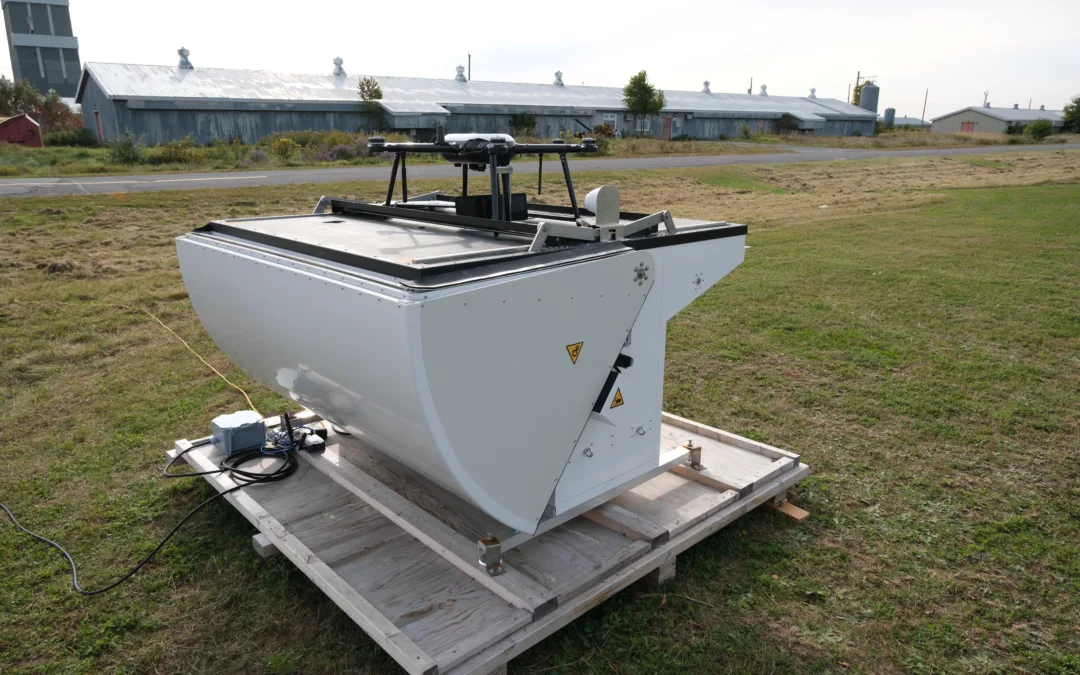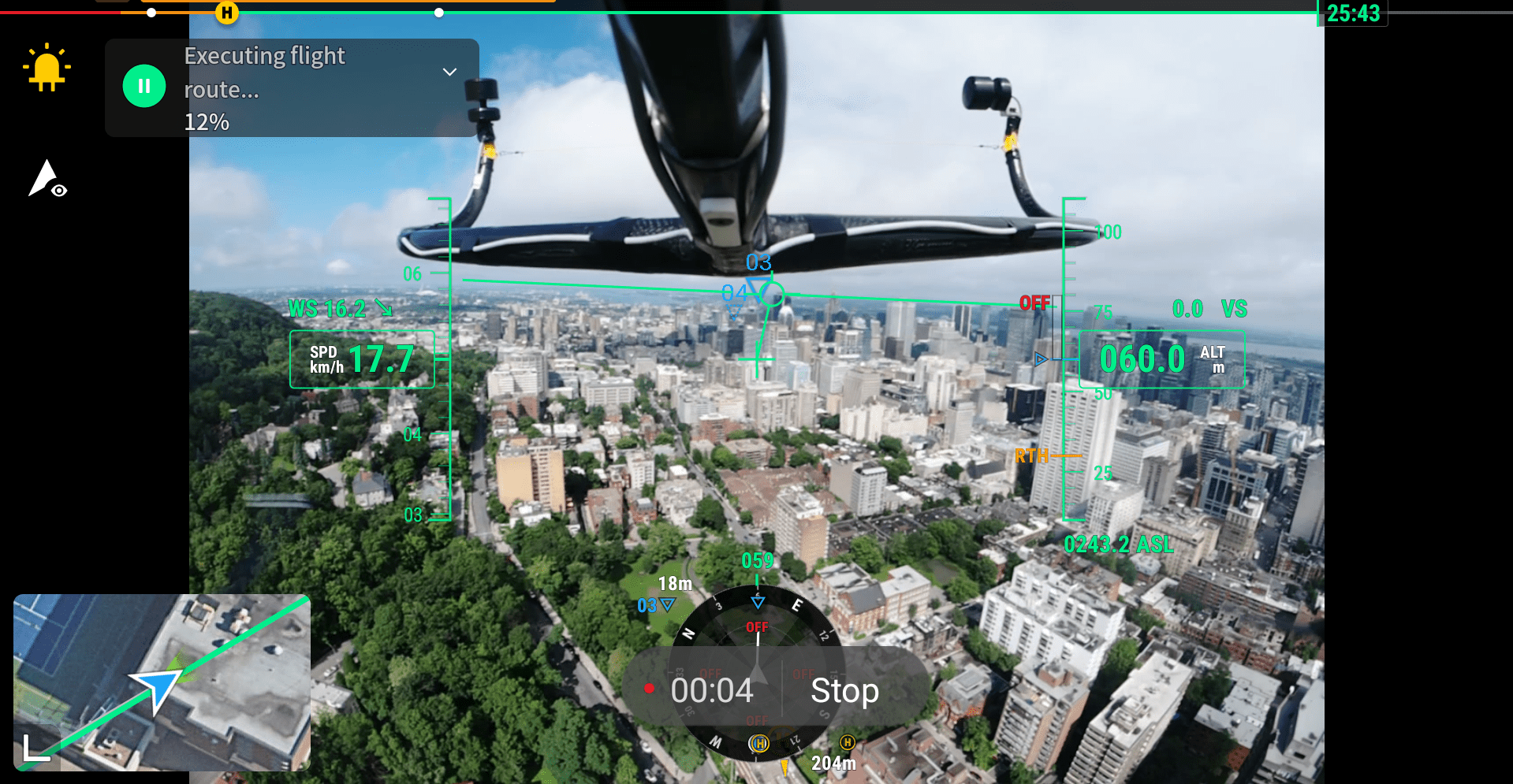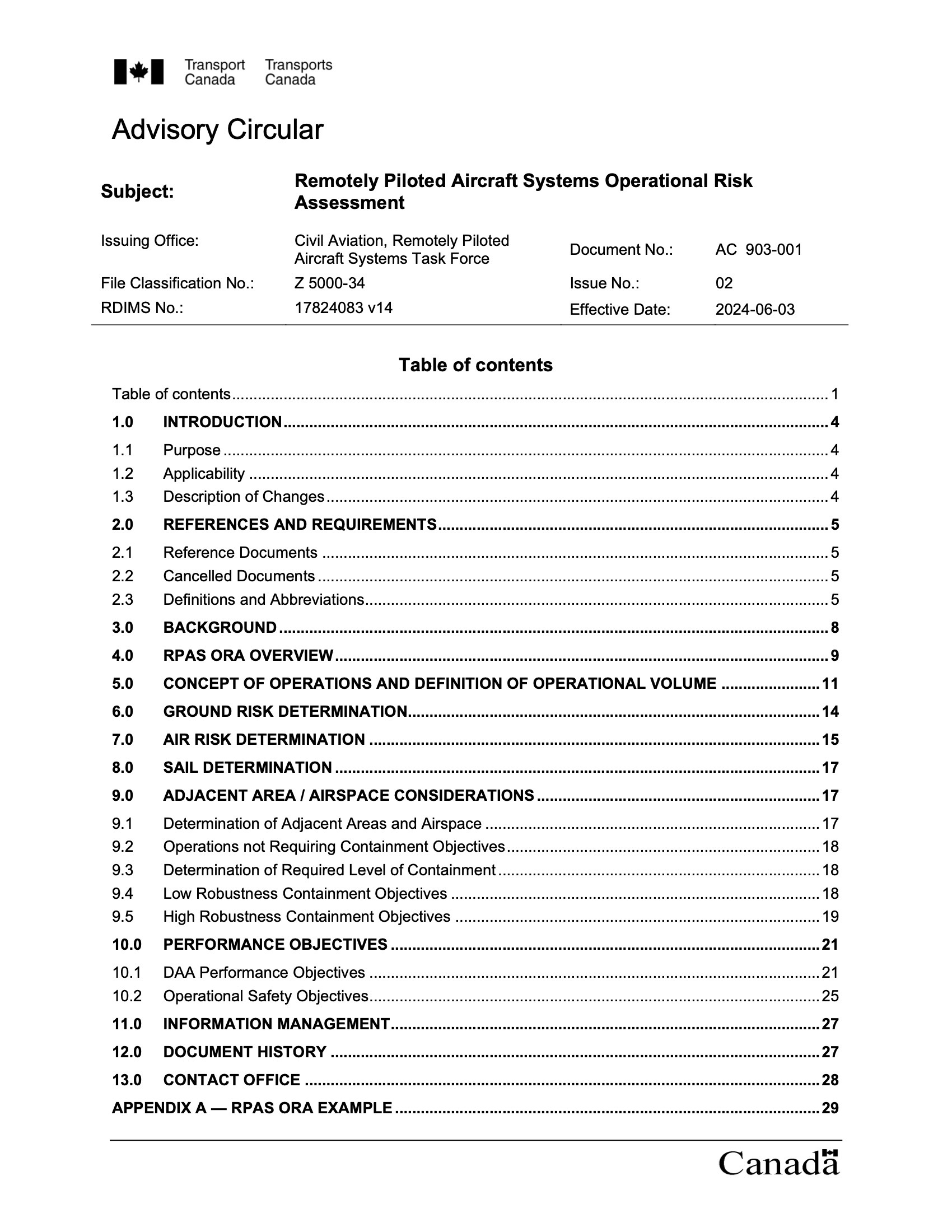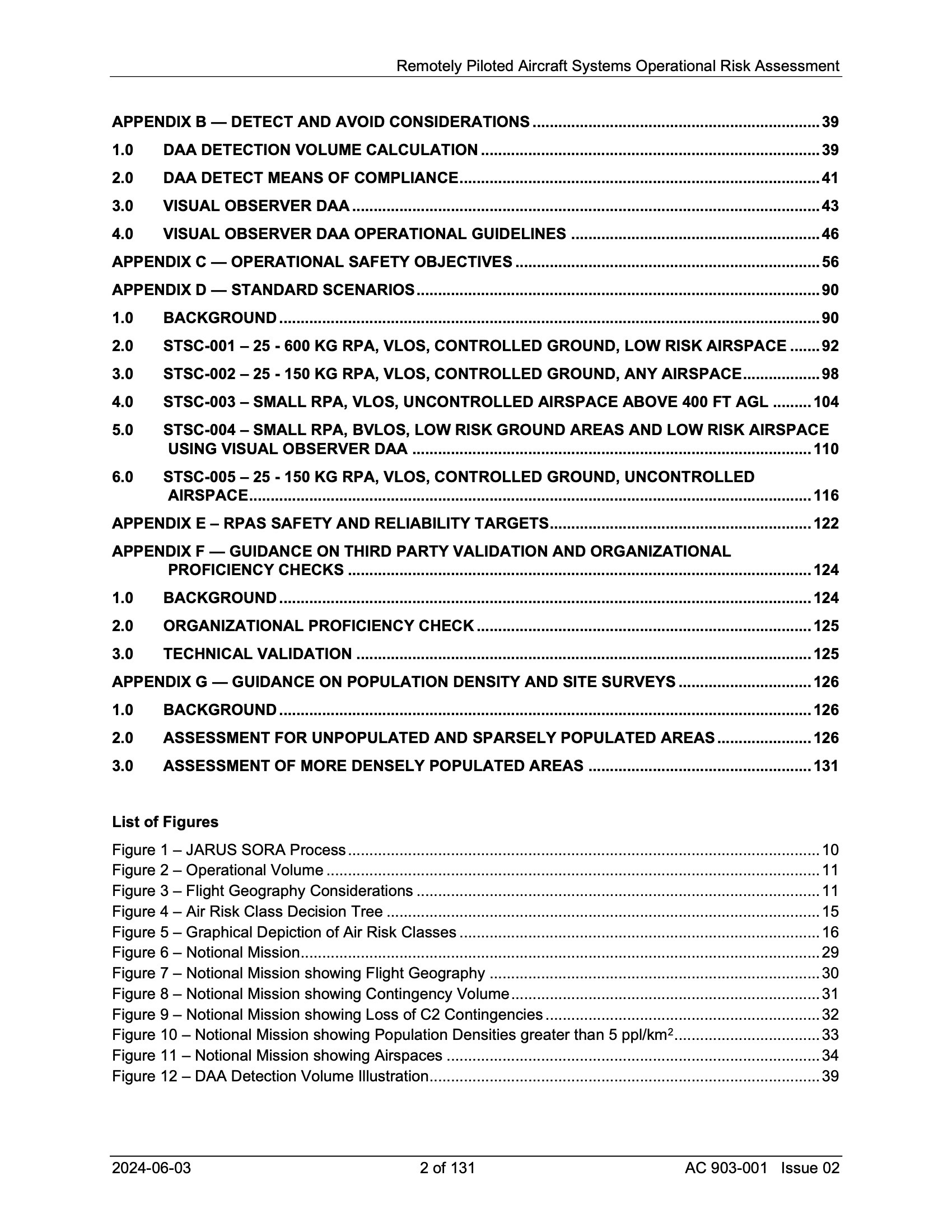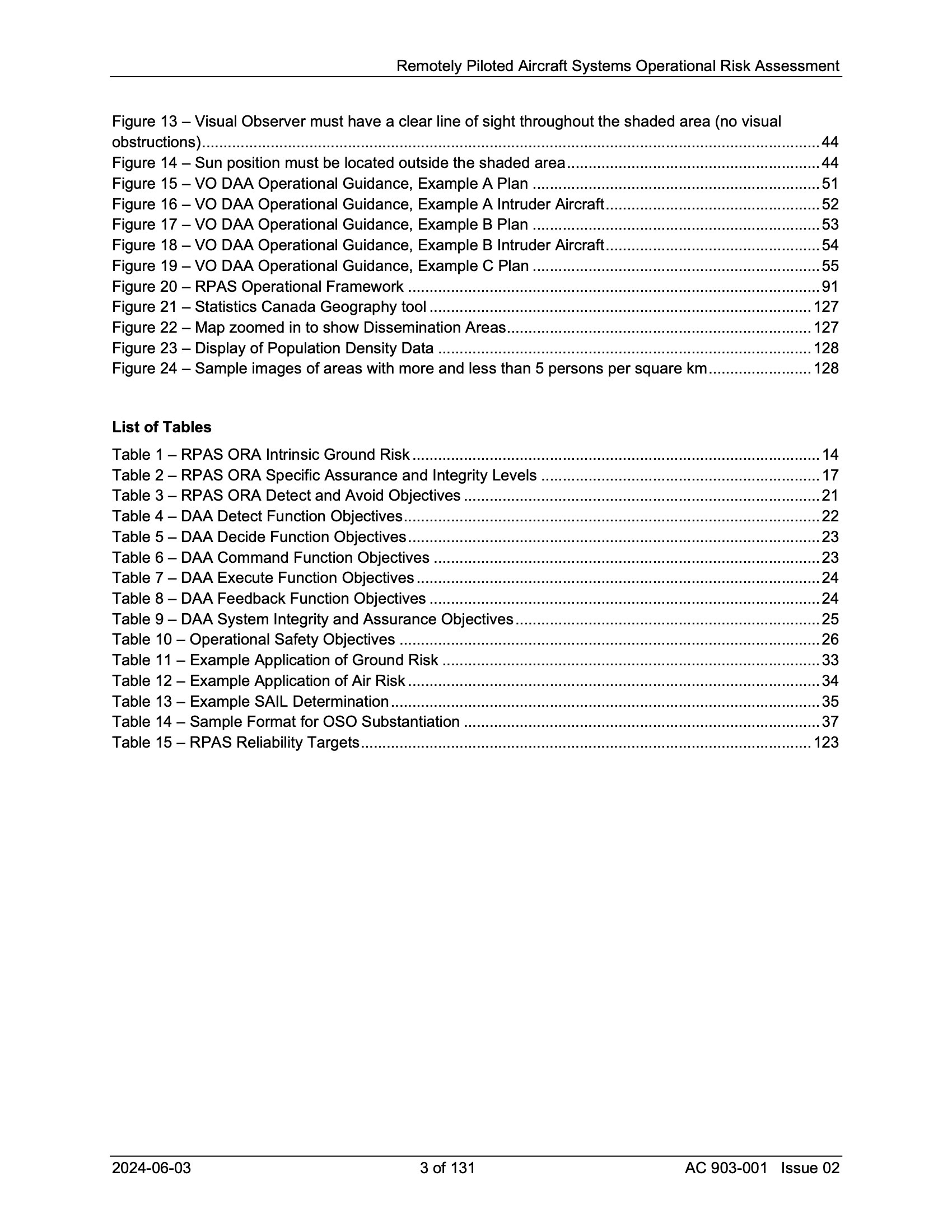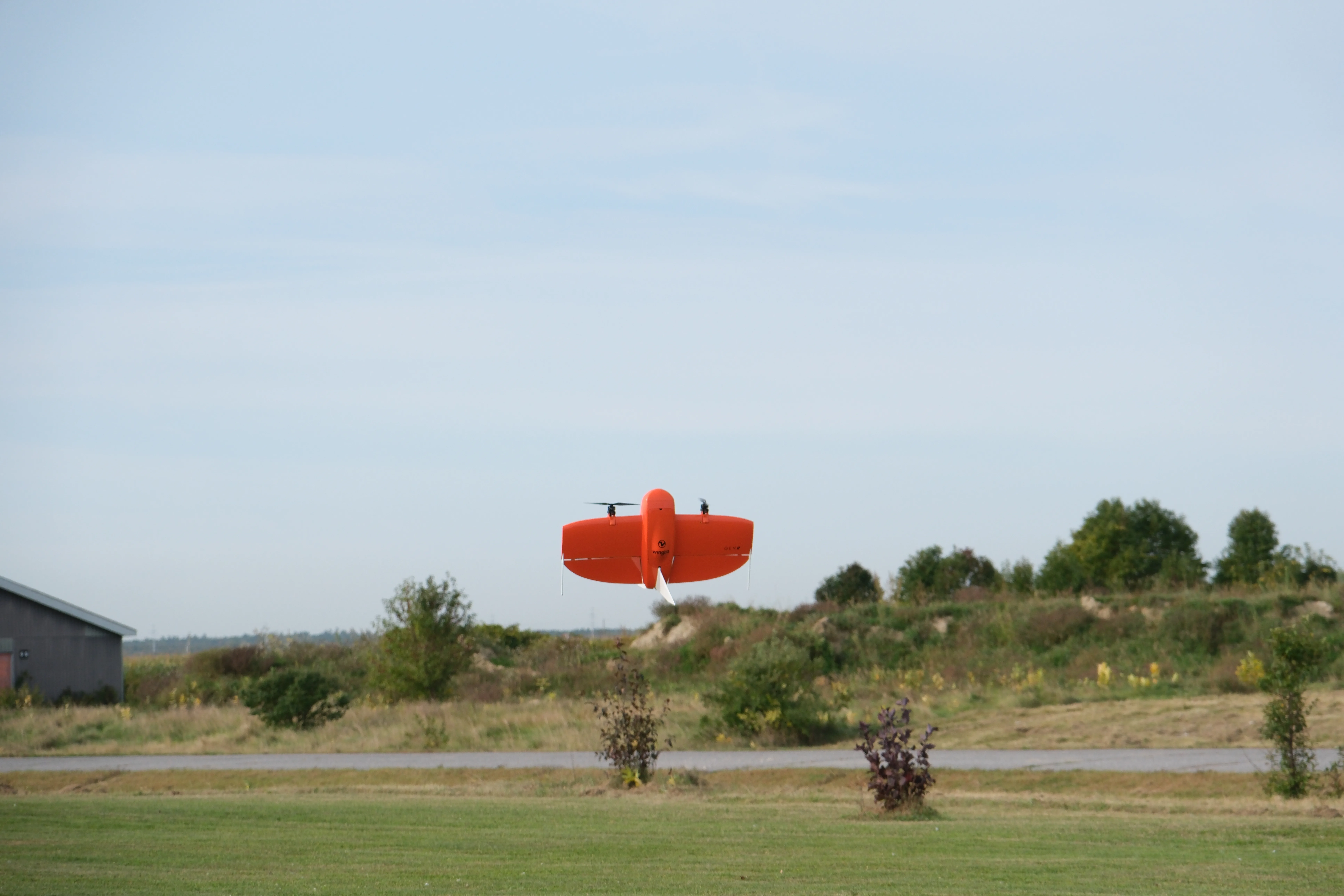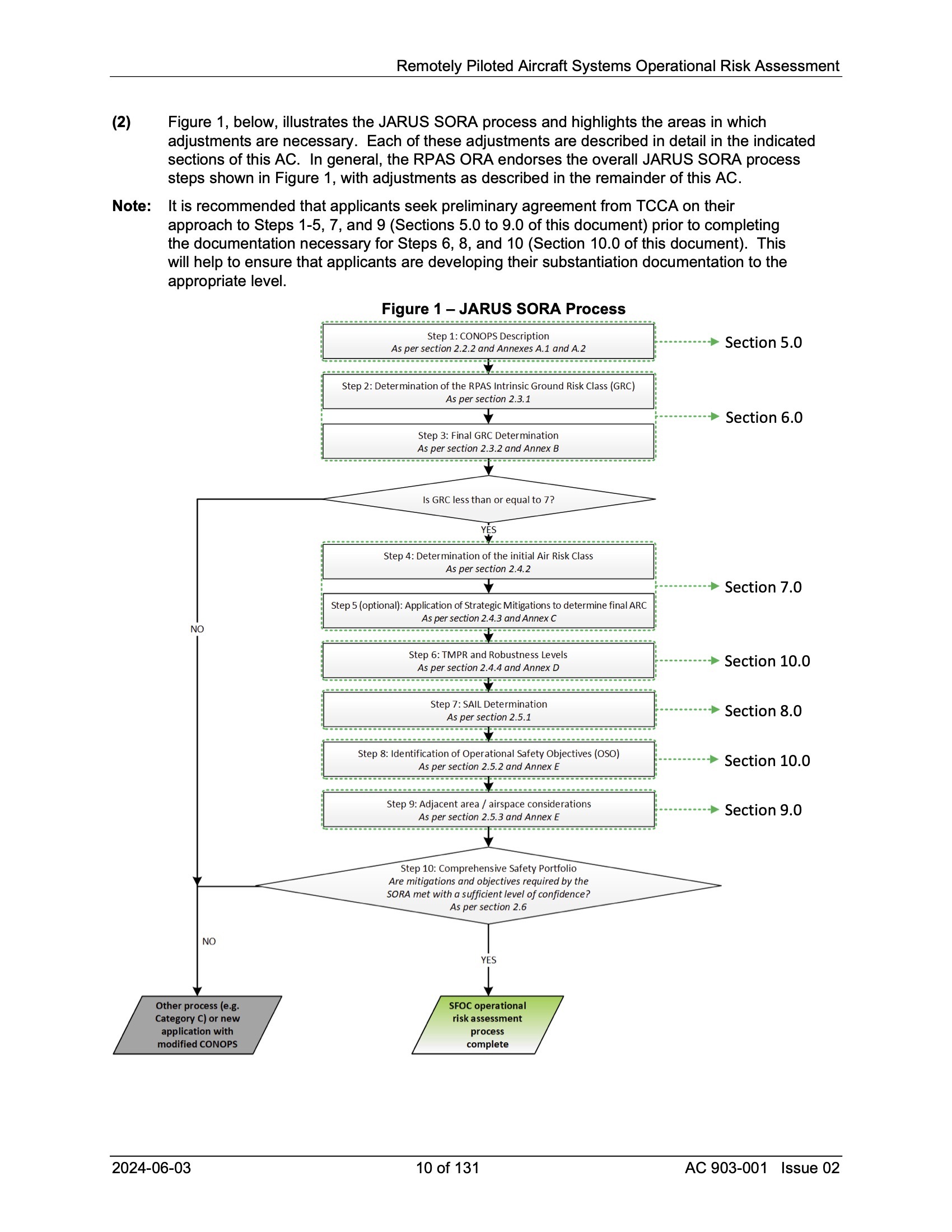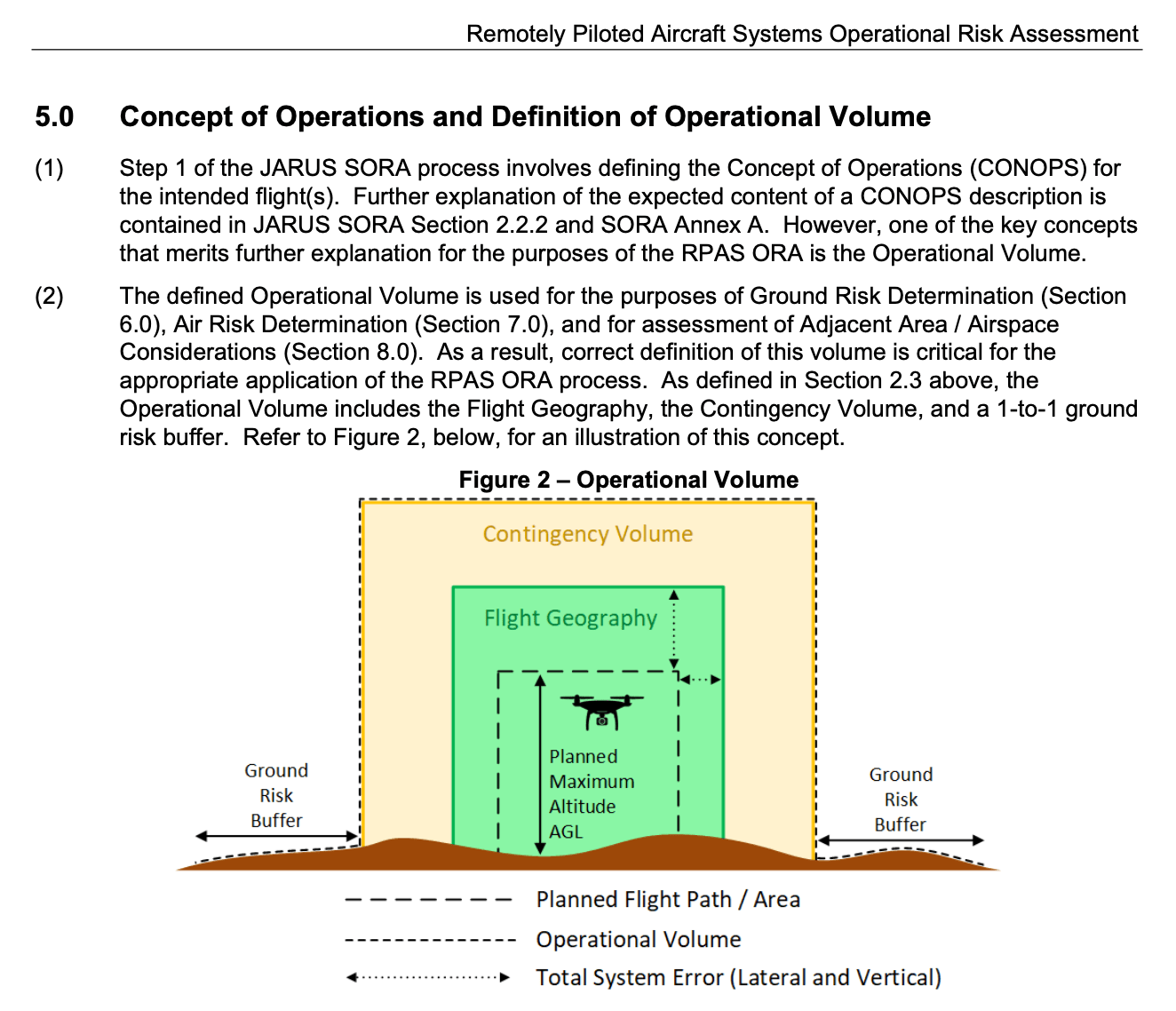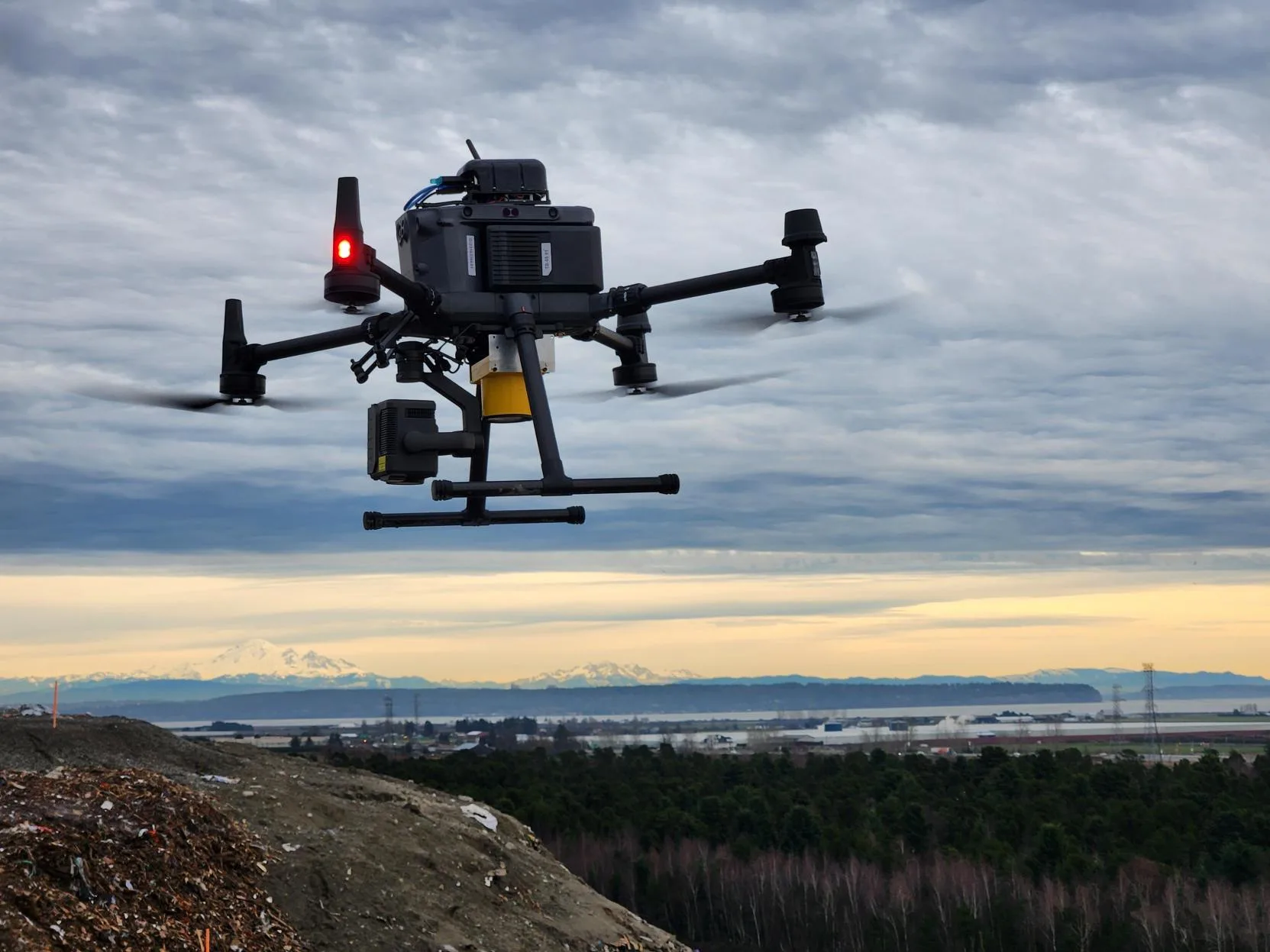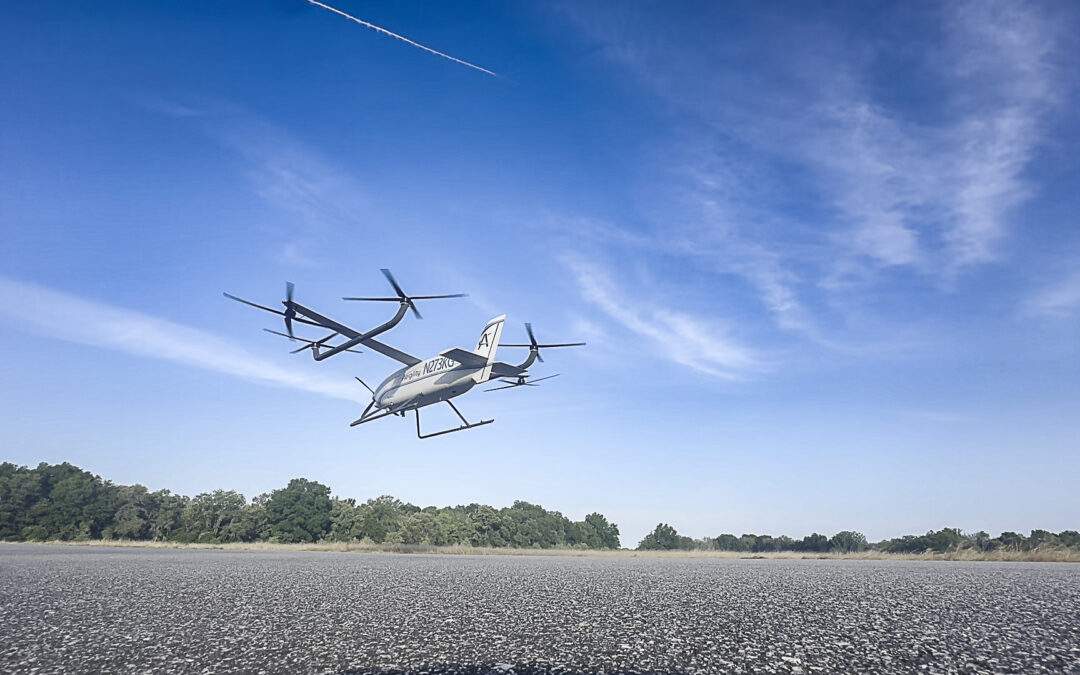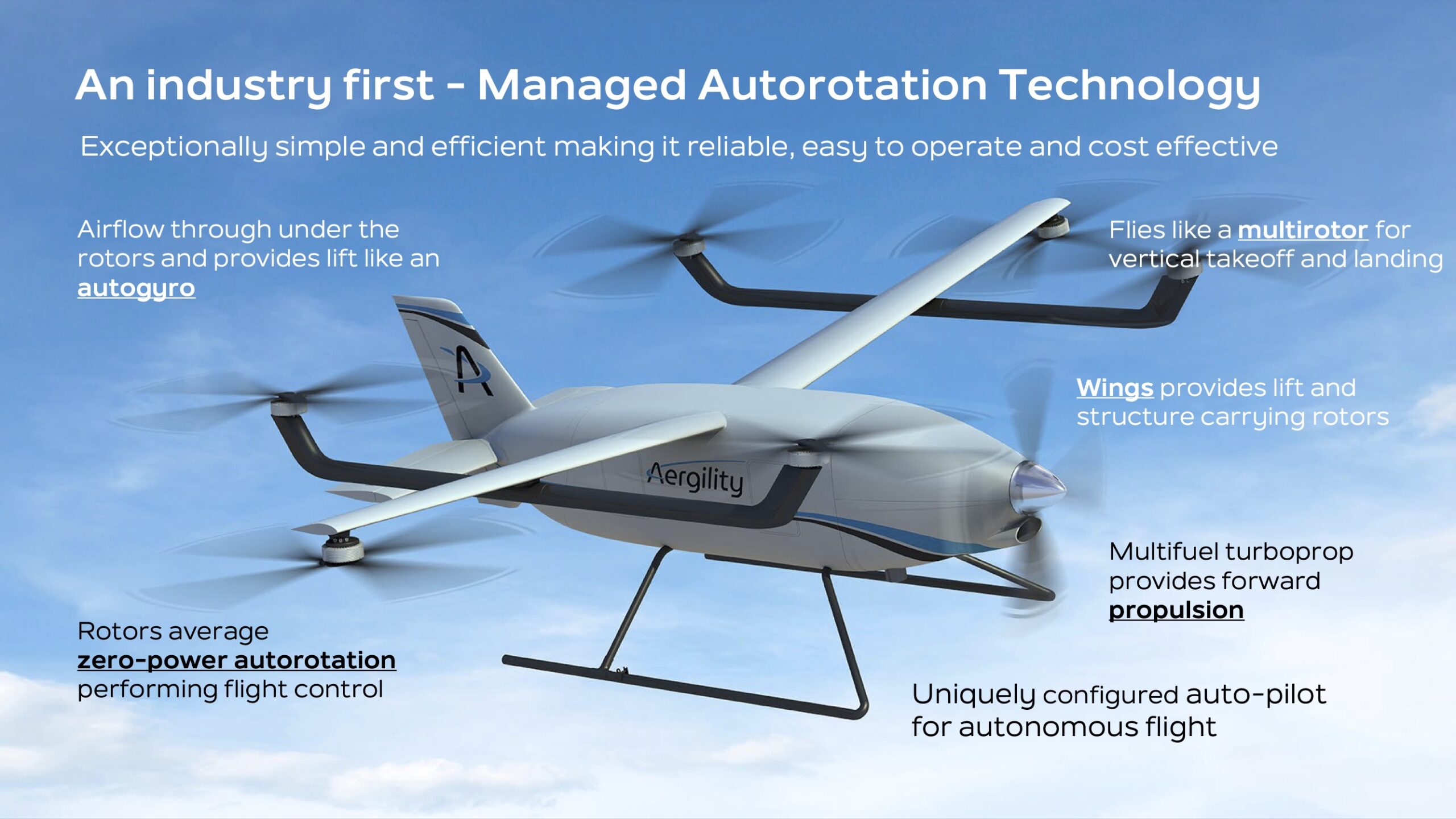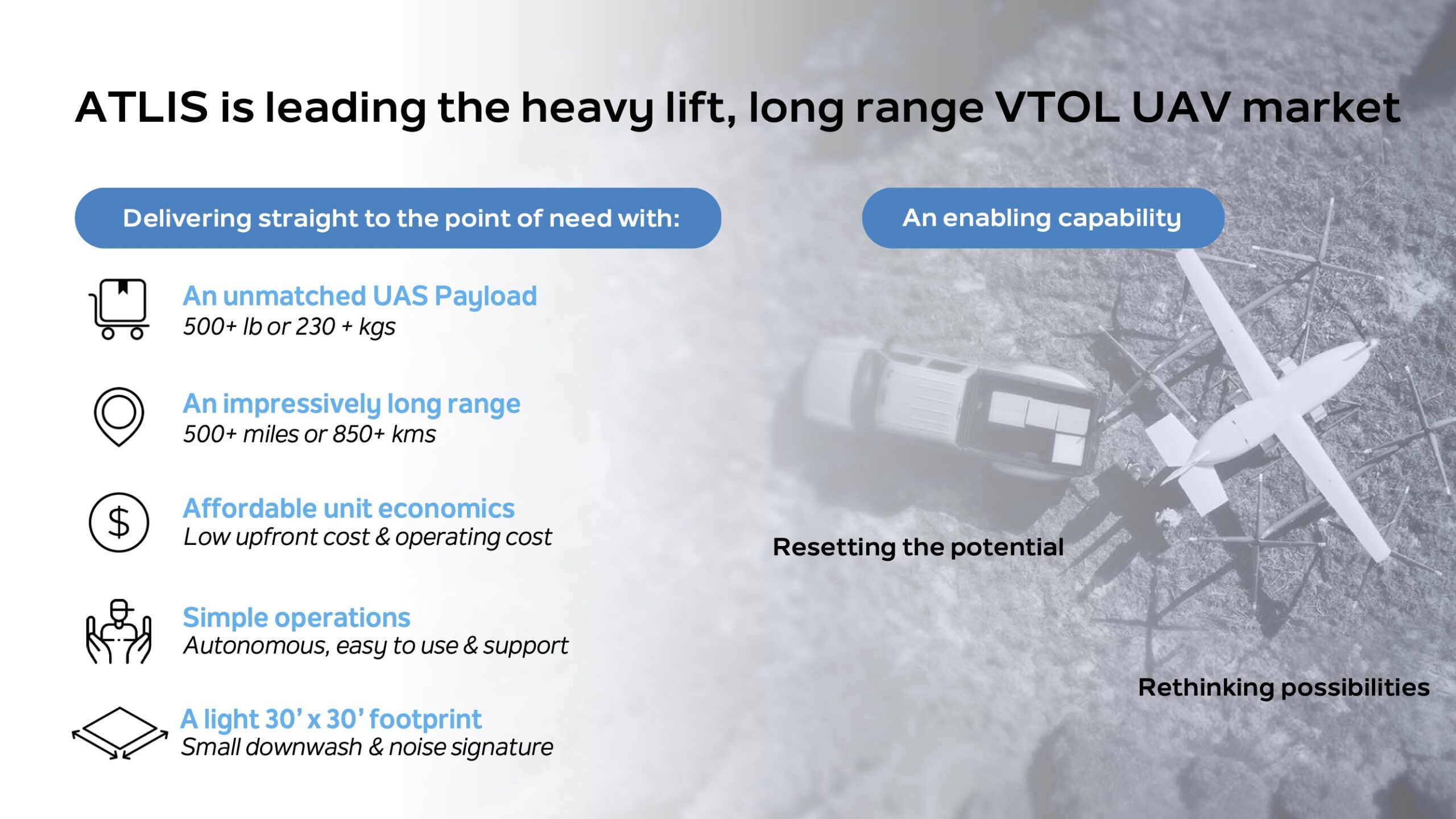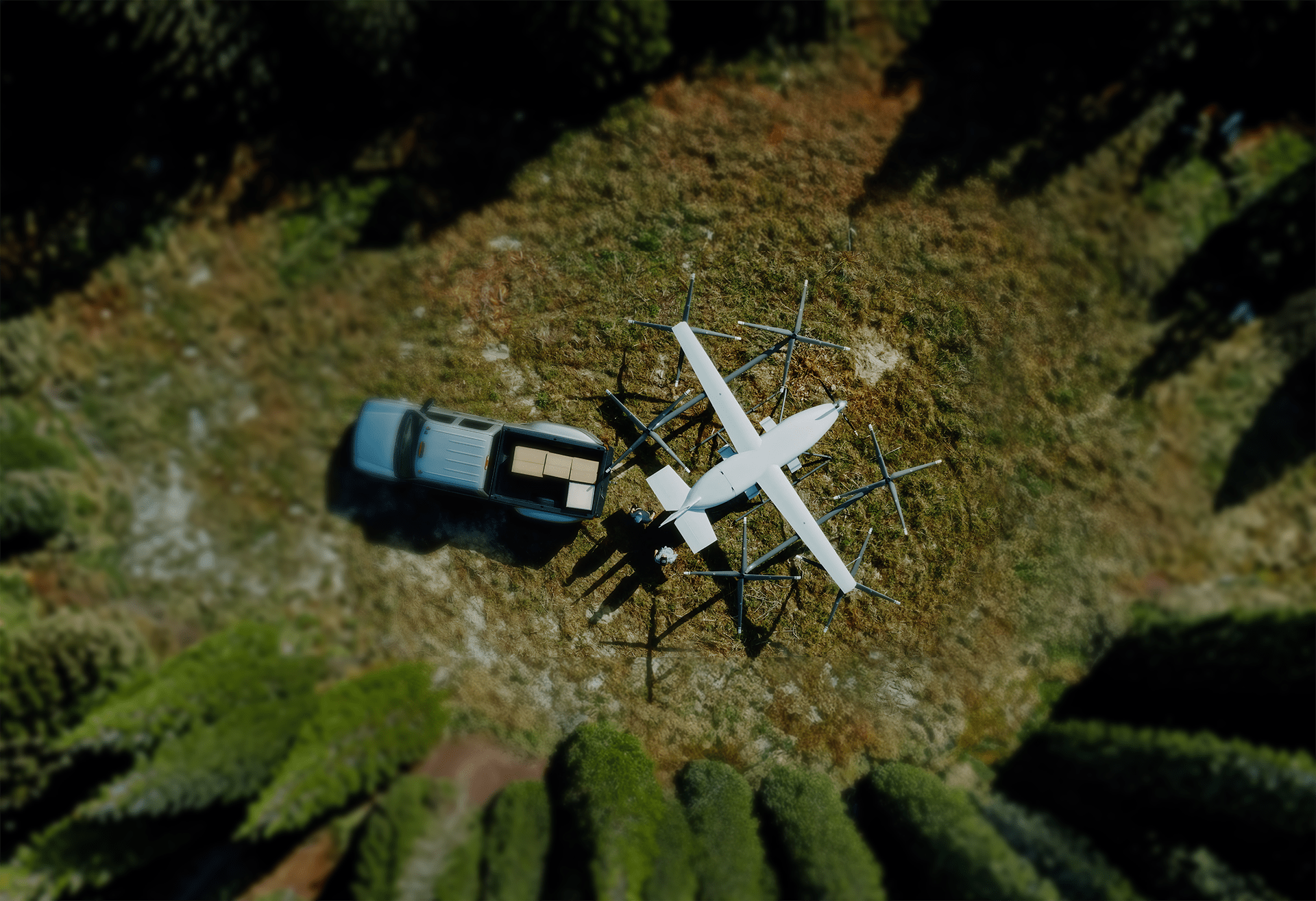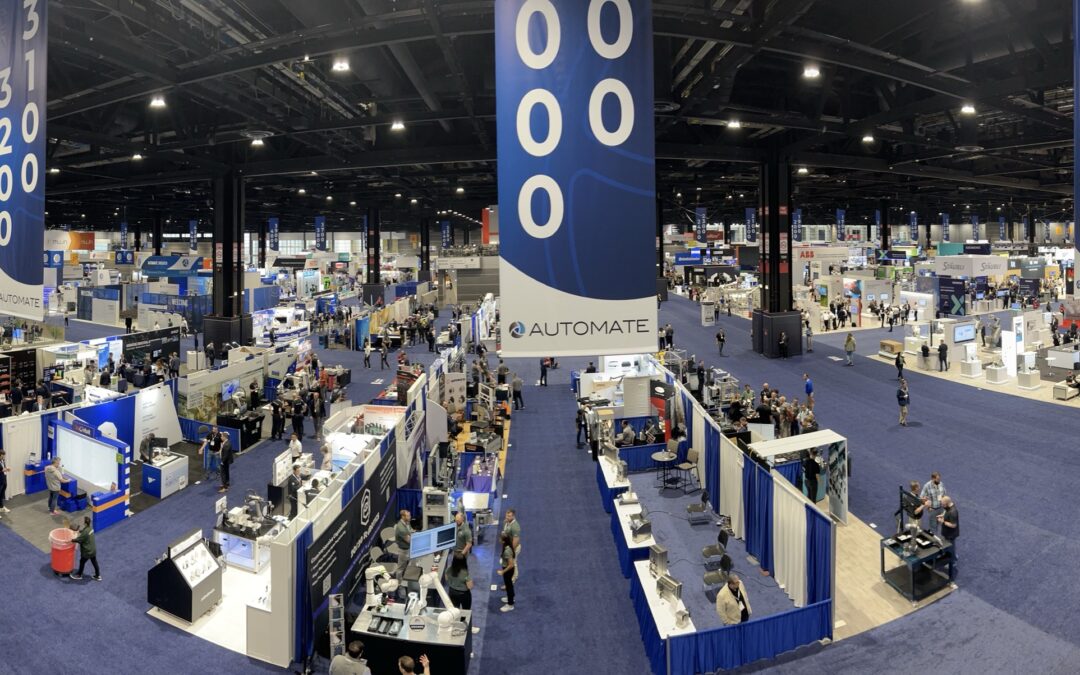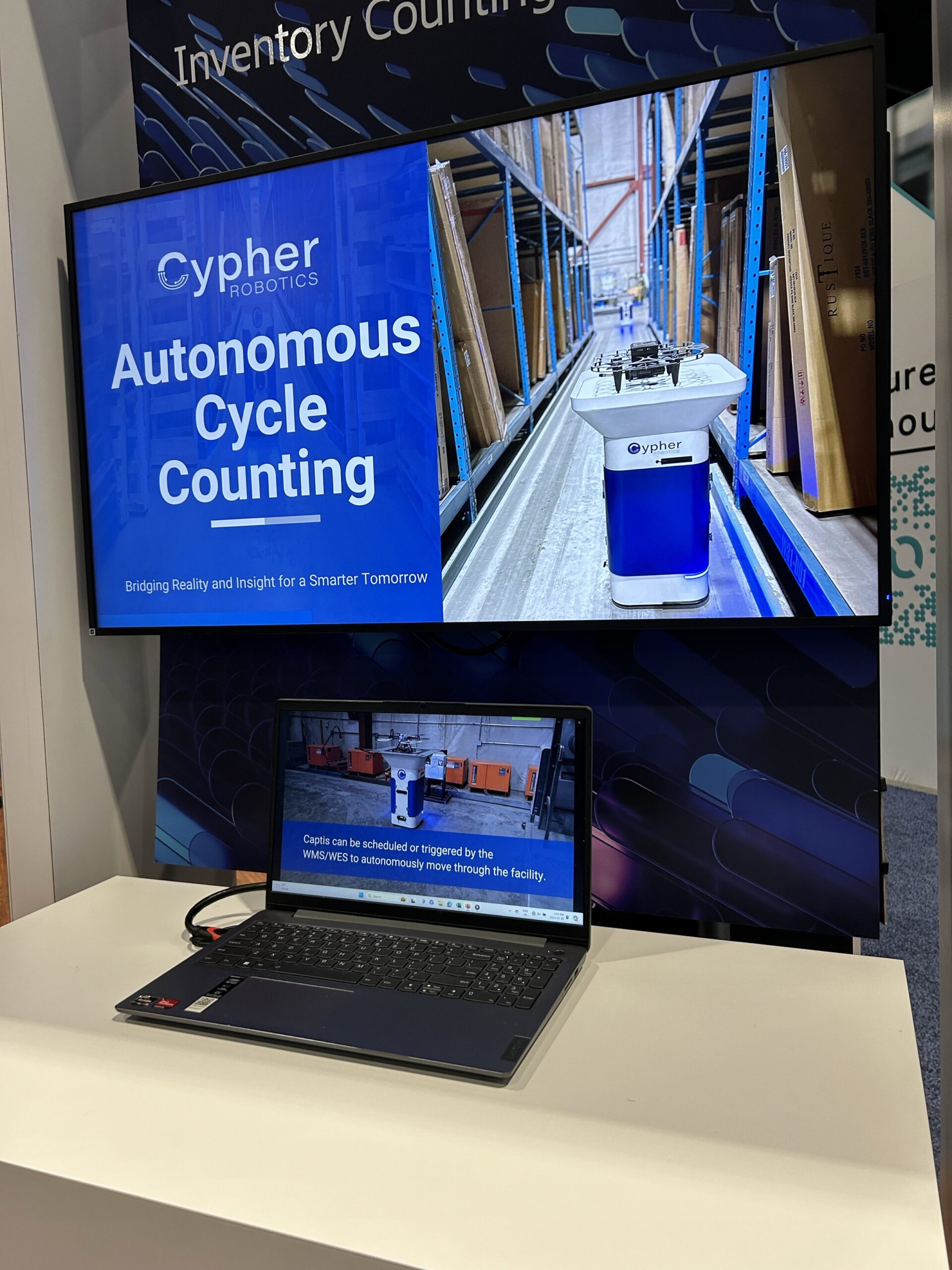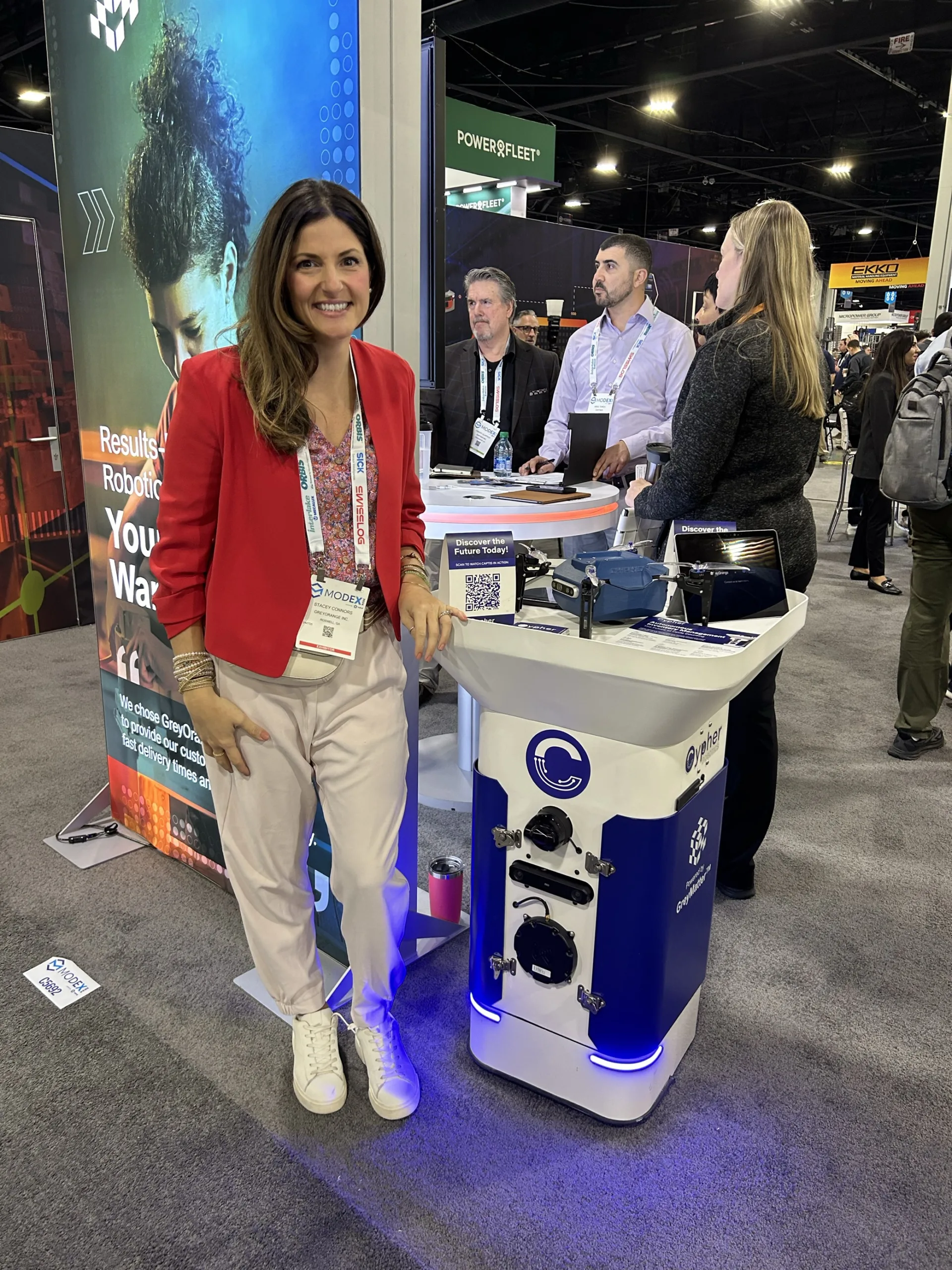
The new InDro Cortex: Amazing power in a tiny package
By Scott Simmie
The InDro Robotics engineering team, as always, has been hard at work. And we’re particularly pleased with our latest R&D breakthrough: The InDro command module, which we’ve named InDro Cortex.
It’s a small but exceedingly powerful box that will immediately enable robotic platforms to reach the next level. It’s robot-agnostic, meaning you can integrate Cortex with any ROS-based robot (which is pretty much all of them).
And what can it do?
A better question might be: What can’t it do? And the answer there is “not much.”
Below: An InDro Robotics Cortex mounted on a Unitree B2 quadruped. Cortex enables remote teleoperations, autonomous missions – and much more…
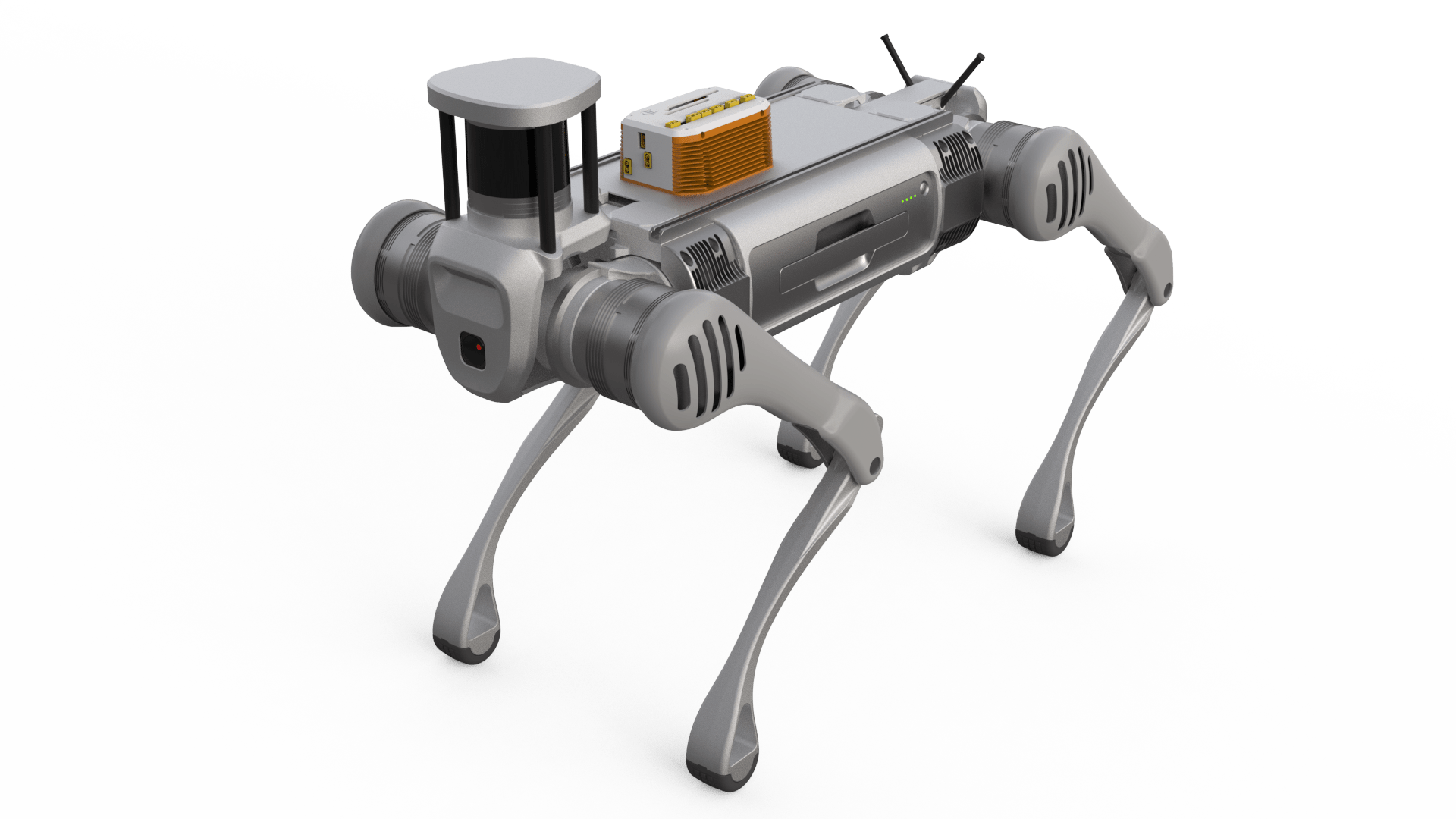
BACKGROUND
There’s some important history here – which also tells you something about the InDro Robotics ethos.
In November of 2021, we released a very popular product. InDro Commander was developed in response to the needs of clients who wanted to be able to quickly turn a platform into a smart, easily customisable robot capable of teleoperation over 4G or 5G. From developers and academics through to large technology companies, our clients had been requesting such a solution. In fact, even in the development of our own products we identified the need for an all-in-one solution to speed robot integration and enable teleoperation.
“Our engineering team came up with the concept of the InDro Commander after integrating and customizing our own robots,” said Philip Reece, CEO of InDro Robotics, when the product was launched. “We realized there were hurdles common to all of them – so we designed and produced a solution. Commander vastly simplifies turning a platform into a fully functioning, teleoperated robot.”
Commander, as this webpage explains, “is designed to allow developers to quickly customize their own robotic solution. The following are common additions that can be easily added to any Commander-controlled robotic system: LiDAR (2D/3D), PTZ camera, thermal cameras, wireless charging, IMU, RTK.”
Commander, quite simply, takes the pain out of integration.
And how does it do that? Well, it ships with a powerful EDGE computer pre-loaded with ROS1 and ROS2 folders. It also contains multiple USB ports, allowing for the instant addition (and recognition of) pretty much any sensor you can throw at it. It allowed clients who were previously spending a ton of time on integration to simply attach Commander to the robot’s power supply, start plugging in sensors, and then remotely operate via a secure dashboard.
When it was first released, Engineering Lead Arron Griffiths dubbed it “ROS-in-a-Box.” We later changed that to Commander, but here’s the splashy video released at the time in advance of the big IROS show, where Commander made its debut:
SMARTER, FASTER, SMALLER
At InDro, we have a motto of “Invent, Enhance, Deploy.” But deployment doesn’t mean we rest on our laurels. InDro’s engineers continuously look at ways to enhance existing products. And that’s exactly what we’ve done with Commander. We asked ourselves: How could we make this even better?
“InDro Cortex grew out of the idea of making a general purpose backpack/module that any OEM could put on their motorized product – everything from a ground robot to even a golf cart, drone, car, truck or RC platform,” says Engineering Lead Arron Griffiths. “That single module makes any platform ROS-enabled, AI-ready and 5G connected.”
A lot of work went into this. One of the biggest tasks was designing and developing four new boards that pack a lot of AI compute power (and other features) into a tiny space. There are separate boards for EDGE computing, teleoperation data transfer, and sensor integration. There’s also a separate WiFi system.
“And of course, it can run on either a public or private 5G network,” says InDro Vice President Peter King.
And did we say size matters? The small size of Cortex means it can be placed on virtually any robot – from the smallest quadruped to the largest AMR. It can even be fitted to a drone.
“It’s tiny so it fits on everything. So basically we can turn any platform into a very powerful robot without all the time and hassle,” adds King.
Below: Much of the magic of InDro Cortex lies in the design, development and testing of four new circuit boards:
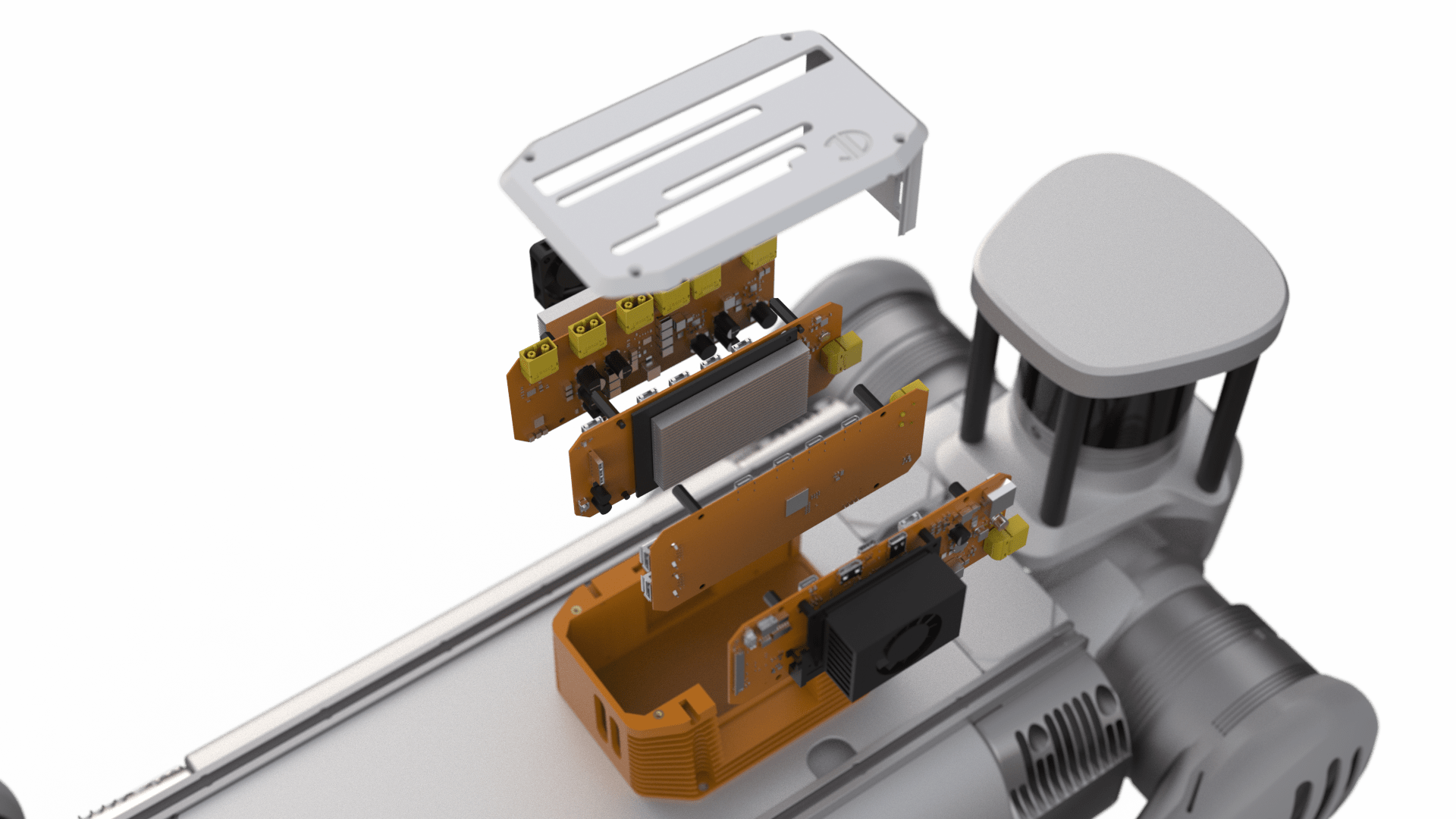
AUTONOMY AND INDRO CONTROLLER
InDro Cortex is a powerful solution on its own. But pairing it with our new InDro Controller provides incredible synergy.
We just wrote a fairly comprehensive post about InDro Controller, so if you’d like more details you can check this out. But in a nutshell, InDro Controller is a powerful desktop UI for operating any robot. With a highly secure data connection, InDro Controller automatically senses all key parameters of any robotic device. It will automatically detect any sensors, providing a data feed from all of them with minimal latency.
“It can handle all sorts of data,” says Front-End Developer RJ Bundy. “It doesn’t matter if the robot has standard or custom sensors, InDro Controller can automatically detect and visualize them. For example, if you added a radar unit to an existing robot, the system will pick up on that immediately.”
InDro Controller provides the operator with a highly customisable dashboard for carrying out complex missions. It will also keep track of any missions manually carried out, and make them repeatable as autonomous missions.
And that autonomy? InDro has created two different autonomy software stacks. One is for outdoor missions that rely on GPS; the second is for indoor missions like SLAM in GPS-denied environments. That software comes with InDro Controller – and is also loaded onto the module. So the two key elements of this system – InDro Controller and InDro Cortex – have been made to operate seamlessly together.
“Anyone should be able to configure and control Cortex for their product, and indeed, their solution,” says Griffiths.
Below: A look at the powerful InDro Controller UI dashboard. The Controller software has been created to be an ideal match for InDro Cortex and is easy to operate.
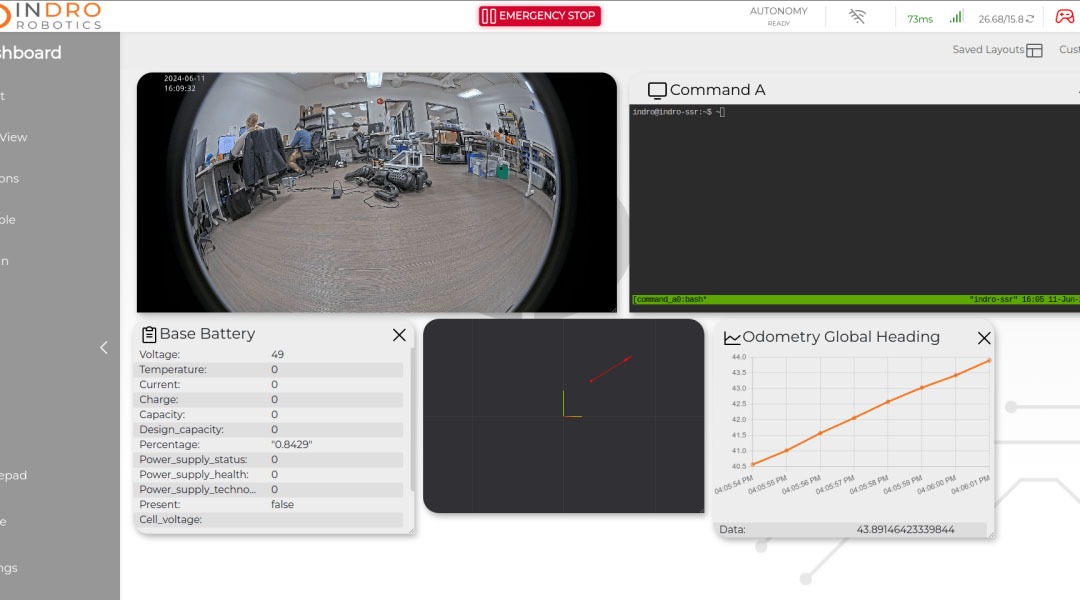
INDRO’S TAKE
We’re extraordinarily proud of the work our engineering team has put into Cortex – as well as InDro Controller. We believe these two, in combination, set a new bar for both robot integration and complex remote teleoperations.
“The design and creation of the boards used in Cortex was a significant technical challenge – and a significant achievement. The same can be said of our two new autonomy stacks,” says InDro Robotics CEO Philip Reece.
“Whether it’s a ground robot, a drone, or some other device that requires high processing power and minimal latency with all the features enabled by ROS, Cortex allows developers to quickly transform virtually any platform into a powerful autonomous robot with minimal effort.”
Interested in learning more? Of course you are. Contact our Head of R&D Sales, Luke Corbeth, right here.

